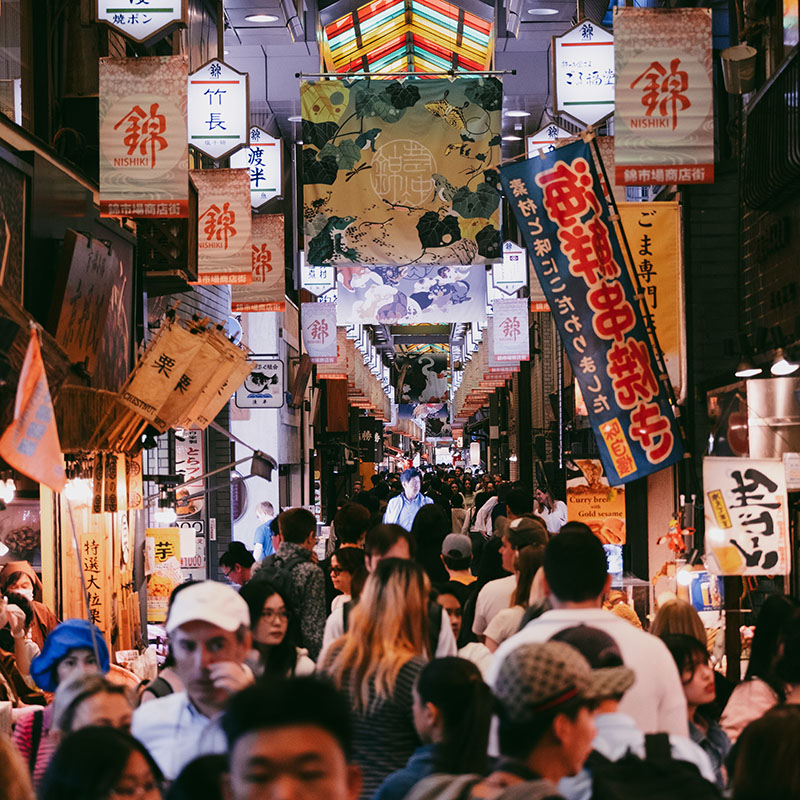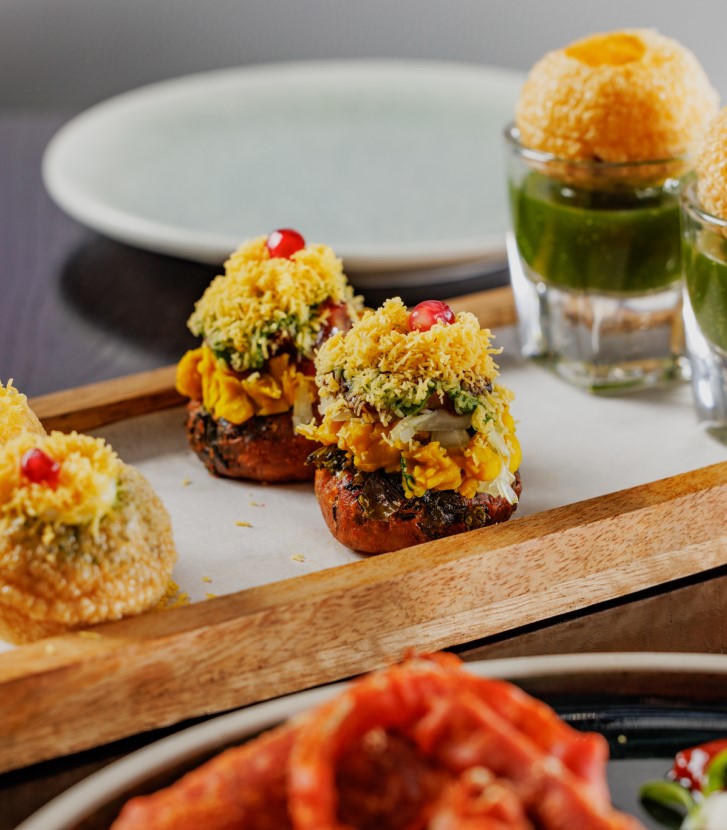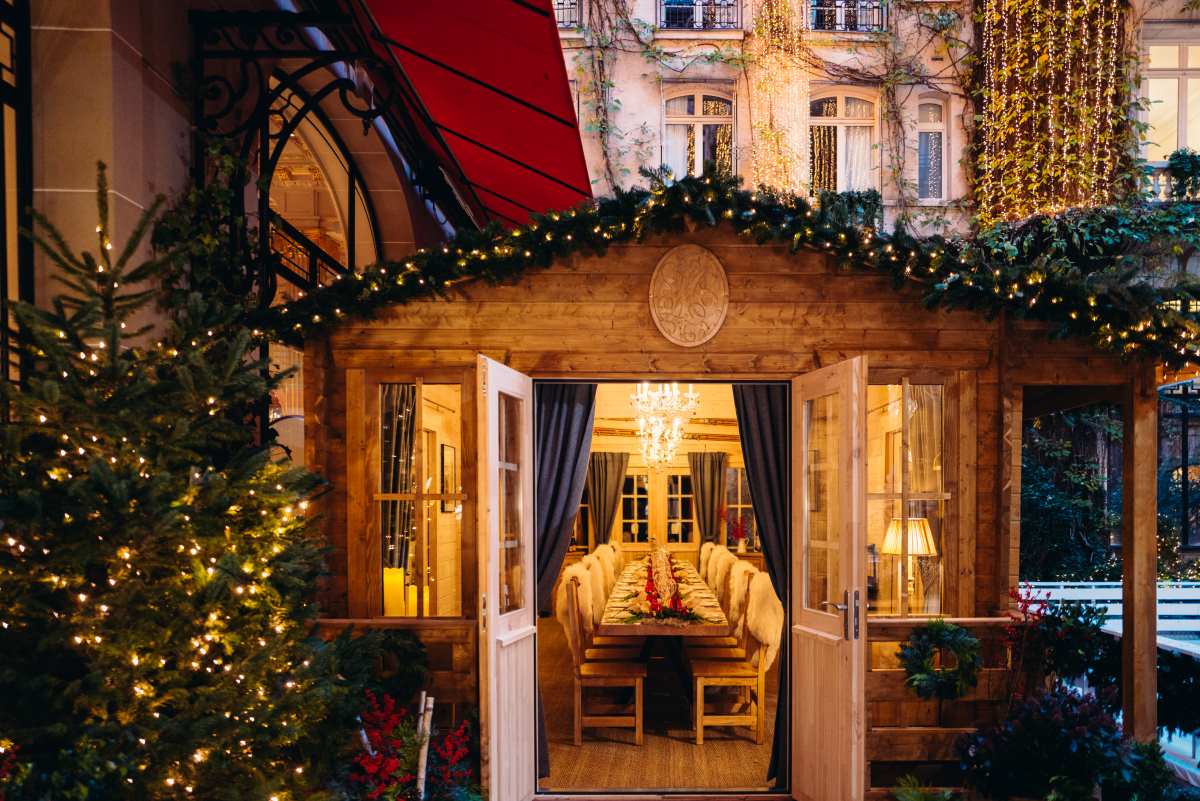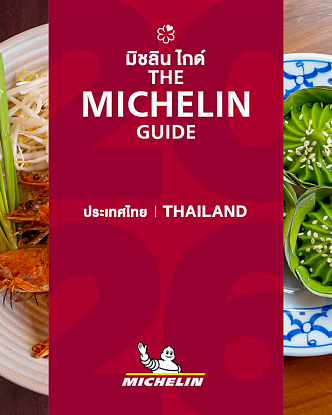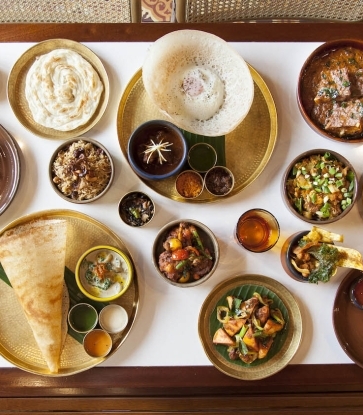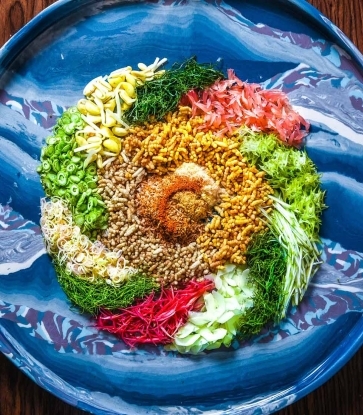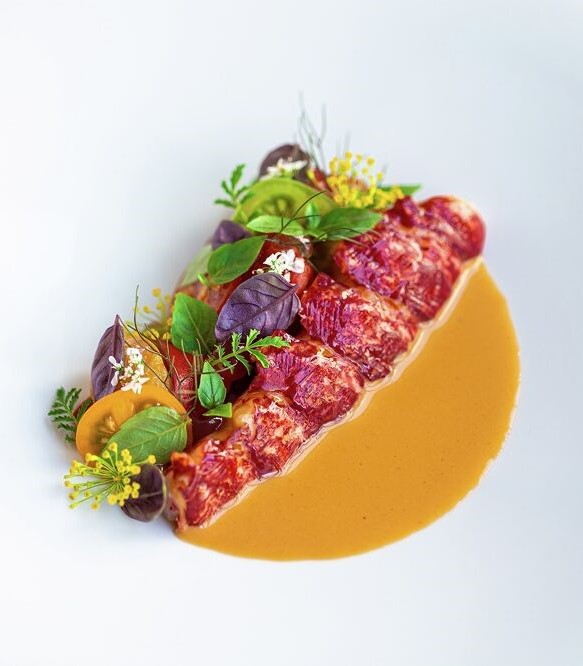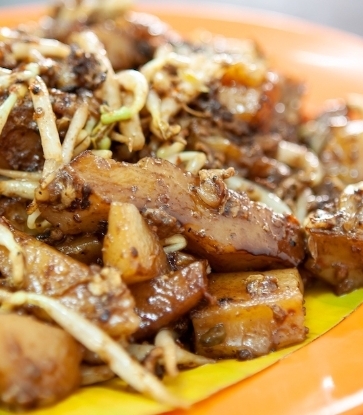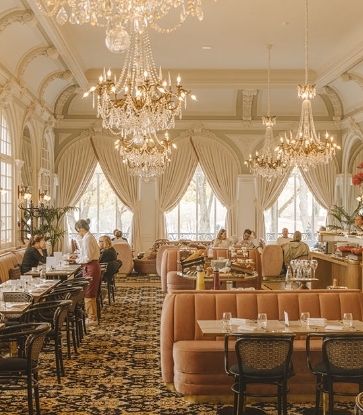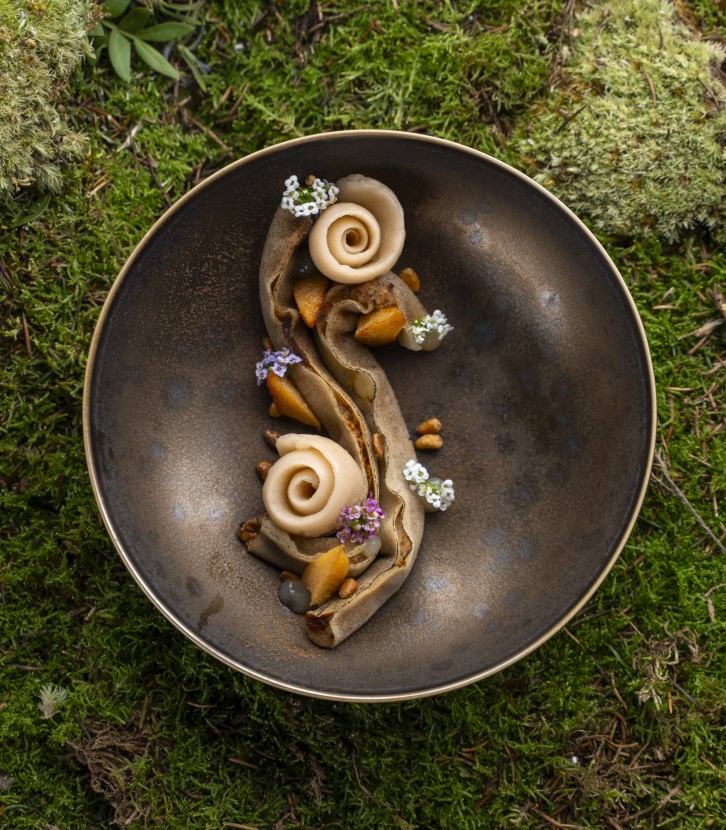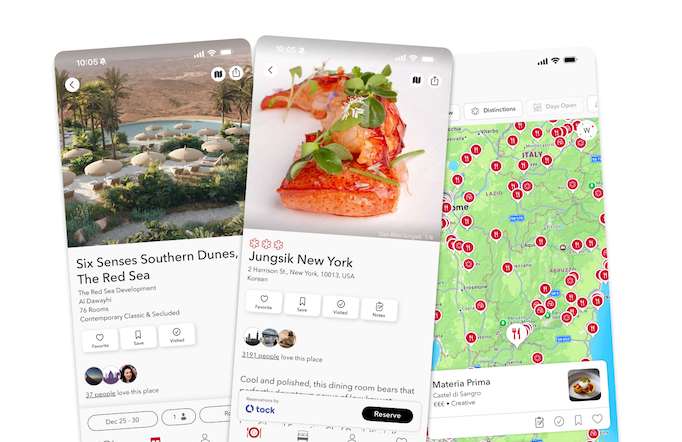1. For Ramen: Kombu to Men Kiichi, Kyoto
Upstairs from a centuries-old kelp purveyor in Kyoto’s Nishijin district, Kombu to Men Kiichi offers a quietly revelatory ramen experience: no tare, no meat, just a shimmering broth coaxed entirely from Rishiri and Rausu kombu — an ode to umami that begins, fittingly, with a tasting of the seaweed itself.
Inspector notes: Opened by a long-established kelp shop, the restaurant showcases the umami of kombu dashi through ramen. The meal begins with an introduction to different kinds of kombu: Rishiri, Rausu, and makombu. Diners begin with kombu water and shredded tangled kelp. The "Kombu Ramen" is unique in that no sauce is used in the soup; every drop of umami is extracted from the kombu, enhancing the lingering memory of its flavor.
What to order: Kombu Ramen
What else you should know: To dine here, guests are required to purchase at least one product from the kelp shop on the first floor.

2. For Soba: Saryo Tesshin, Kyoto
At Saryo Tesshin, soba takes an unexpected turn — twirled beneath a drift of parmesan and slicked with olive oil, the noodles are a mix of local and Italian influences.
Inspector notes: Saryo Tesshin is renowned for its creative soba, notably the "Daigo Soba." This dish features soba slathered in a snowfall of Parmigiano Reggiano cheese, imitating "daigo," an early form of cheese. Bonito soup and olive oil create a conversation between Japanese and Italian flavors, exemplifying the true pleasure of fusion cuisine.
What to order: Daigo Soba
What else you should know: Reservations are recommended, and each guest is asked to order at least one bowl of soba.

3. For Soba: Chikuyuan Taro no Atsumori, Kyoto
At Chikuyuan Taro no Atsumori, soba is more than sustenance — it’s quiet medicine, served steaming from its own starchy bath, the buckwheat dark and earthy, as if drawn up from the soil itself.
Inspector notes: The restaurant promotes soba as "yakuzen" or "medicinal cooking," emphasizing its nutritional value. Their signature "Atsumori Soba" is soba boiled fresh and served hot from the pot. Ground with its husk, the buckwheat acquires a dark brown cast and a mysterious flavor. To keep the noodles warm, soba water is poured under the bamboo steamer.
What to order: Atsumori Soba
What else you should know: Reservations are not accepted, so it's advisable to arrive early to secure a table.

4. For Izakaya Style Food: Komedokoro Inamoto, Kyoto
At Komedokoro Inamoto, the rice — gleaming, fragrant — takes center stage, anchoring a nightly parade of seasonal small plates and Ehime-born accents that unfold like a conversation at the kitchen counter.
Inspector notes: The owner loves rice, so he named his establishment "Komedokoro," meaning "place of rice." Taste the freshly cooked white rice and you'll understand why it's so famous. Dishes are served on small plates, encouraging you to try a variety. The chef sources seafood and citrus fruits from his native Ehime. Sake and nibbles served at this "place of rice" vary each day.
What to order: The freshly cooked white rice is not to be missed.
What else you should know: The restaurant operates from 5 p.m. to midnight daily, making it an excellent choice for a relaxed evening meal, even outside conventional mealtimes.

Hero image: The heart-wraming signature ramen at Kombu to Men Kiichi is worth putting on your radar. © Kombu to Men Kiichi
